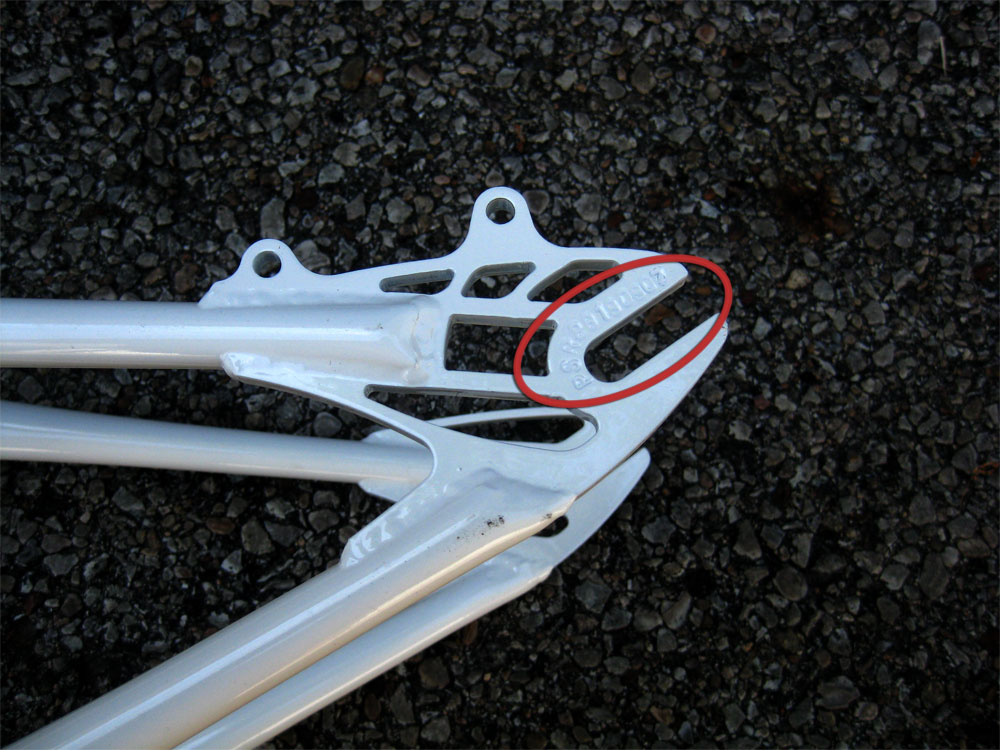

In nominal terms, the US increase alone – at US$53.4bn – almost equalled the UK’s entire 2019 defence budget of US$54.8bn.

In 2019, defence spending by both China and the US rose by 6.6% over 2018. This was the largest increase observed in ten years. Global defence spending rose by 4.0% in real terms compared to 2018 data, when measured in constant 2015 dollars. These increases in Europe are part of an international trend. Overall, Europe’s defence spending in 2019 rose by 4.2% compared with 2018. While Europe returned to defence-spending growth as early as 2015, total defence spending in Europe – when measured in real terms – in 2019 once again reached the levels observed when the financial crisis began in 2008. However, US exhortations to spend more have combined with changing threat perceptions in European states to bring about larger defence budgets. US dissatisfaction with NATO allies has for years been rooted in their low levels of defence spending, relative to Cold War and pre-financial-crisis levels. Nine years after the civil war began in Syria, and with Russia’s help, the Assad regime is in the ascendant. This followed a US decision to withdraw military personnel from northern Syria, a Turkish incursion targeting Kurdish forces and also an advance in the north by Assad-regime forces. Scores of its fighters escaped from Kurdish-run jails in northern Syria in late 2019. Meanwhile, while its territorial base might have been reduced, the Islamic State remains a threat. Notably, the wars in Libya and in Yemen grind on. Terrorists continue to challenge security forces globally, as does conflict and instability in Africa and the Middle East and North Africa. North Korea once again began testing missiles, but at year’s end had so far not resumed tests of long-range systems. The conflict in Ukraine’s east still simmers despite tentative progress in contacts between Russia and Ukraine during 2019.

Indeed, it is noteworthy that in the current climate, observers are looking nervously not just towards Moscow, but also anxiously in the direction of Washington for signs of interest in maintaining this remaining element of the strategic arms-control architecture when it comes up for renewal in 2021.

Nonetheless, Russia showed United States’ inspectors its new Avangard hypersonic glide vehicle in late November 2019 as part of its obligations under the New START treaty. The demise of the Intermediate-Range Nuclear Forces (INF) Treaty exemplifies this most clearly, with its collapse precipitated by Russian breaches as well as the Trump administration’s determination – with an eye to China’s military modernisation – that the bilateral accord had outlived its usefulness. Globally, key elements of the rules-based international order that characterised the post-Second World War period are being challenged. At the same time, advanced military capabilities, augmented by potentially disruptive new technologies, continue to spread. This is producing further uncertainty and may cause states to hedge their defence relations and procurement priorities. Some previously held assumptions about the direction of national defence policies and decision-making priorities are being questioned. Editor’s Introduction As the 2020 edition of The Military Balance is published, defence debates remain dominated by an unstable inter national security environment.


 0 kommentar(er)
0 kommentar(er)
